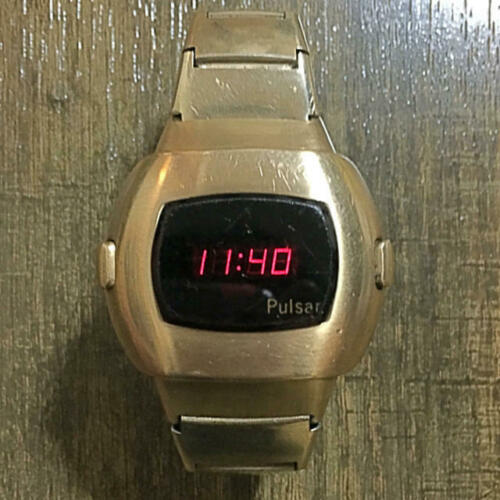
- Hamilton watch serial number lookup serial numbers#
- Hamilton watch serial number lookup serial#
- Hamilton watch serial number lookup manual#
And countersigned by another, which allowed them to be sold to the public. Further searching turned up the paperwork where it was decommissioned and declassified, with a signature by a different Lt.jg. He was a Lt.jg.but his signature is illegible.
Hamilton watch serial number lookup manual#
From the Hamilton delivery invoice,along with the chronometer certification results, the entire instruction manual, the maintenance manual and the signature of the receiving officer.
Hamilton watch serial number lookup serial#
My clock specialist had a friend who worked at the Navy Annex in Arlington, and using the 4 digit serial number, he was able to locate the entire file concerning my Model 21.
Hamilton watch serial number lookup serial numbers#
Referring to the above post where someone is trying to locate where his chronometer might have been assigned, the NAWCC has tremendous resources and if he or she can find a clock repair specialist, they can be invaluable in locating information, especially if all serial numbers match meaning it wasn’t repaired by cannibalizing other chronometers to replace parts. But I couldn’t pass on either of these beauties. They hold pride of place among my small collection of clocks, as I’m a more avid watch collector. Both are in fantastic condition and run true. One of them is a 4 digit serial number, 42XX. I have a couple of these magnificent Hamilton Marine Chronometers and both are all original, with matching serial numbers on the caseback, the bezel and the movement all original in the boxes with original glass and straps. Bureau of Ships See more items in Work and Industry: Mechanisms Measuring & Mapping Time and Navigation Data Source Overall - from catalog card: 7 1/2 in x 7 1/2 in x 7 1/2 in 19.05 cm x 19.05 cm x 19.05 cm ID Numberĭepartment of the Navy. Overall - carrying case: 9 1/2 in x 12 in x 10 in 24.13 cm x 30.48 cm x 25.4 cm United States: Pennsylvania, Lancaster Physical Description Cincinnati: American Watchmakers Institute Press, 1985. Cambridge: Cambridge University Press, 2003.Ģ.

Because one hour of difference in time equals 15 degrees difference in longitude, the difference in time between the chronometer and local time would yield local longitude.ġ. That time, carried to a remote location, could be compared to local time. To find longitude at sea, a chronometer would be set to the time of a place of known longitude, like Greenwich, England, the prime meridian. The modifications included changes to the escapement and the chronometer’s oscillating unit-the balance and hairspring assembly. Instead the design introduced key changes to improve accuracy. Hamilton’s design for its Model 21 chronometer did not copy traditional European standards. Between 19, the price dropped from $625 to $390 per timekeeper.

The firm went on during the war to mass-produce 8900 more chronometers for the Navy, 1500 for merchant shipping and 500 for the Army. Hamilton delivered two prototypes to the Navy on 27 February 1942, which passed with an error rate of 1.55 seconds per day. Domestic watch manufacturers Hamilton and Elgin agreed to undertake the design and production, but only Hamilton’s product met Navy accuracy requirements. Naval Observatory had asked American domestic watch manufacturers in 1939 for their participation in mass-producing chronometers. When the war started in 1941, European suppliers of parts and finished instruments halted exports to the United States.Īnticipating the arrival of war, the U.S. Chronometer making was a craft, with only a few hundred produced in any given year. Negus-finished chronometers from parts imported from European makers. Only a few American firms-including William Bond & Son of Boston and the New York establishments of John Bliss Inc. Before the war, most chronometers for American military and civilian customers were imported.

World War II created a dire chronometer shortage for the United States. 1 from a run of approximately 10,000 similar timekeepers made by Hamilton Watch Co, Lancaster, PA in 1942. This instrument is a specialized timekeeper for determining longitude at sea.


 0 kommentar(er)
0 kommentar(er)
